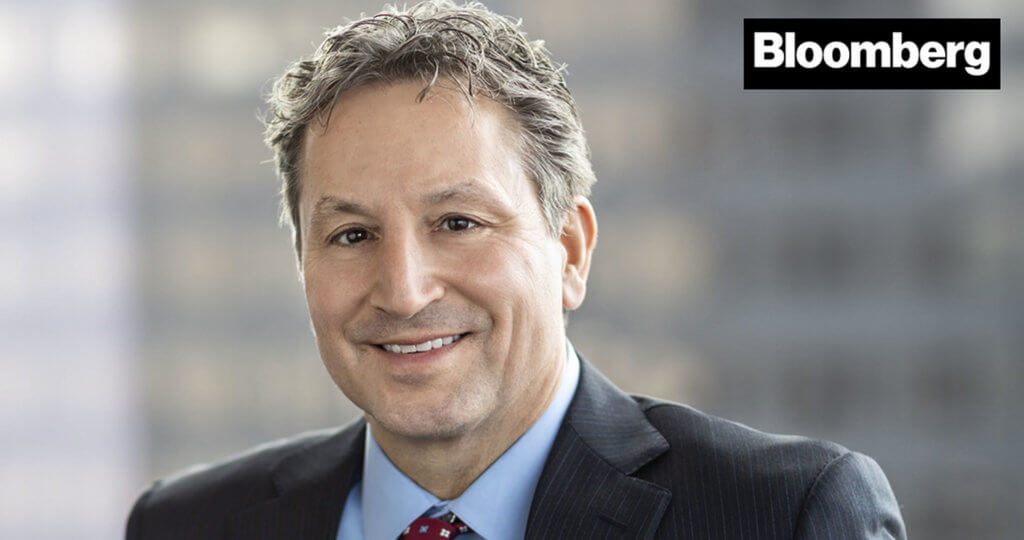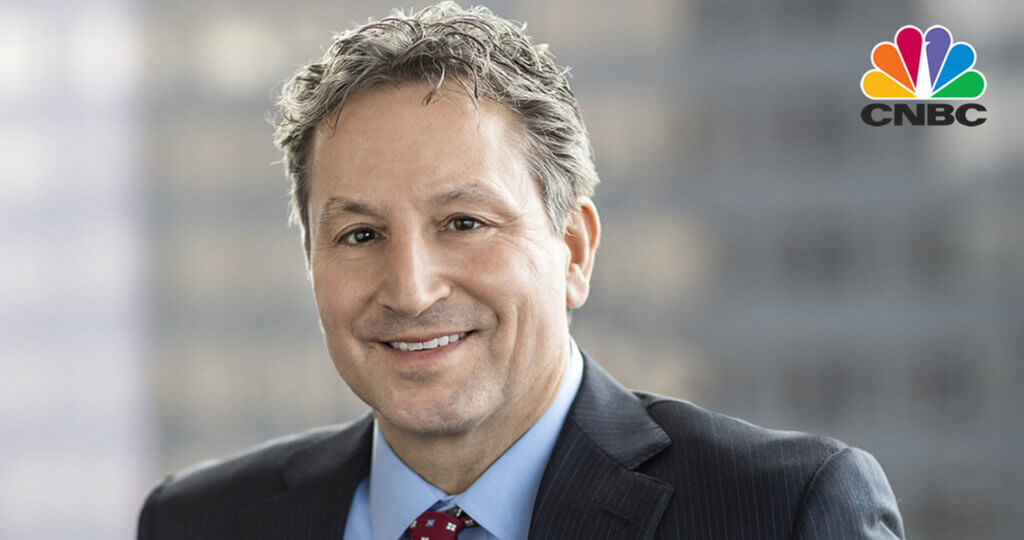Oakmark International Fund - Investor Class
Average Annual Total Returns 03/31/13
Since Inception 09/30/92 10.52%
10-year 13.21%
5-year 7.08%
1-year 16.56%
3-month 5.35%
Gross Expense Ratio as of 09/30/12 was 1.06%
Past performance is no guarantee of future results. The performance data quoted represents past performance. Current performance may be lower or higher than the performance data quoted. The investment return and principal value vary so that an investor’s shares when redeemed may be worth more or less than the original cost. The most recent month-end performance data can be found here.
The Oakmark International Fund returned 5.4% for the quarter ended March 31, 2013, outperforming the MSCI World ex U.S. Index, which returned 4.7% over the same period. For the first six months of the Fund’s fiscal year, the Fund returned 20%, which outperformed the MSCI World ex U.S. Index’s 11% return. Since its inception in September 1992, the Fund has returned an average of 11% per year, outperforming the MSCI World ex U.S. Index, which has averaged 6% per year over the same period.
For the second straight quarter, Daiwa Securities, Japan’s second-largest brokerage, was the largest contributor to performance. Continued talk of economic reform from Japan’s new government has led to a weakening of the yen and a rally in Japan’s stock market. These positive developments contributed to Daiwa’s strong quarterly results. Compared with the same quarter last year, retail revenues increased 10% and profits more than doubled, while asset management revenues were up 4% and profits were 50% higher. In addition, the wholesale unit realized its first profitable quarter since 2009, produced by higher trading profits and commissions, along with solid cost-cutting. Although Diawa’s stock price has more than doubled over the past six months, we continue to believe Daiwa has significant upside and will remain a good investment for our shareholders.
Another large contributor to performance for the quarter was Olympus, a world leader in endoscopes and other medical equipment, which returned 22%. Its medical systems group designs and manufactures clinical analyzers and other imaging devices. Olympus also makes products such as binoculars, microscopes, measuring equipment, printers, barcode scanners and magneto-optical disk drives, as well as traditional cameras. The share price rallied early in the quarter after Bank of Japan Governor Masaaki Shirakawa indicated the central bank would pursue monetary easing, which stands to benefit export-oriented companies. Share prices also rallied after Olympus announced plans to cut interest-bearing debt by 100 billion yen during the next fiscal year, much more than the 70 billion target in the original plan.
The top two detractors from performance were European banks hurt by Eurozone instability: Intesa Sanpaolo and Banco Santander. While the latest quarterly results for Intesa Sanpaolo were mixed, the larger issue in the quarter was the disappointing Italian election results, which have left the country without a clear government. This has called into question whether Italy will continue on the austerity path set by the technocratic Monti government. Furthermore, the conditions of the Cypriot bailout have put pressure on banks in both Italy and Spain. Despite Italy’s disappointing electoral results, we continue to believe that Italy is in better long-term fiscal shape than many investors think and that it should not be lumped together with the other European Union periphery countries. We also continue to believe Intesa Sanpaolo is attractively valued and well-managed, and that it has the highest quality retail franchise in Italy. Banco Santander also reported mixed results in its latest quarter. Although operating revenue and net interest income were lower than expected, operating costs were in line with expectations, and credit costs were less than anticipated. Santander’s balance sheet remains strong, as the company has continued to strengthen its liquidity, capital and non-performing loan coverage. Deposit growth was strong in Spain (+10%), which management attributed to customers seeking out quality banks as a result of the recent series of bank failures. In addition, certain banks are under scrutiny by the Bank of Spain for uneconomic deposit pricing. We believe that Banco Santander’s strength and quality will serve both its customers and its investors well.
We purchased one new stock during the quarter: AMP, the leading independent wealth management company in Australia and New Zealand. Australian law requires employers to contribute 9% of salary to employees’ retirement, and this number is expected to increase to 12% by 2019. This is in addition to member contributions, which have averaged 2-3% over the past few years. We believe AMP will benefit from the required contribution increase as well as expected wage growth in Australia.
Our geographical composition has changed since last quarter. Our European holdings increased to 69%, our Pacific Rim exposure decreased to 27% and our combined Latin America and North America (Canada) exposure remained at 3%. The remainder of the portfolio is invested in the Middle East.Although many global currencies have weakened compared to the U.S. dollar, we continue to believe they are overvalued. As a result, we defensively hedge a portion of the Fund’s currency exposure, though all hedges in the portfolio were reduced last quarter. As of quarter-end, approximately 51% of the Australian dollar, 13% of the Japanese yen, 26% of the Swiss franc and 9% of the Swedish krona exposures were hedged.
We thank you for your continued support.
As of 3/31/13, Daiwa Securities Group, Inc. represented 2.9%, Olympus Corp. 1.8%, Intesa Sanpaolo SpA 3.6%, Banco Santander SA 2.3%, and AMP, Ltd. 1.8% of the Oakmark International Fund’s total net assets. Portfolio holdings are subject to change without notice and are not intended as recommendations of individual stocks.
The MSCI World ex U.S. Index (Net) is a free float-adjusted market capitalization index that is designed to measure international developed market equity performance, excluding the U.S. This benchmark calculates reinvested dividends net of withholding taxes using Luxembourg tax rates. This index is unmanaged and investors cannot invest directly in this index.
The Fund’s portfolio tends to be invested in a relatively small number of stocks. As a result, the appreciation or depreciation of any one security held by the Fund will have a greater impact on the Fund’s net asset value than it would if the Fund invested in a larger number of securities. Although that strategy has the potential to generate attractive returns over time, it also increases the Fund’s volatility.
Investing in value stocks presents the risk that value stocks may fall out of favor with investors and underperform growth stocks during given periods.
Investing in foreign securities presents risks that in some ways may be greater than U.S. investments. Those risks include: currency fluctuation; different regulation, accounting standards, trading practices and levels of available information; generally higher transaction costs; and political risks.
The discussion of the Fund’s investments and investment strategy (including current investment themes, the portfolio managers’ research and investment process, and portfolio characteristics) represents the Fund’s investments and the views of the portfolio managers and Harris Associates L.P., the Fund’s investment adviser, at the time of this letter, and are subject to change without notice.




